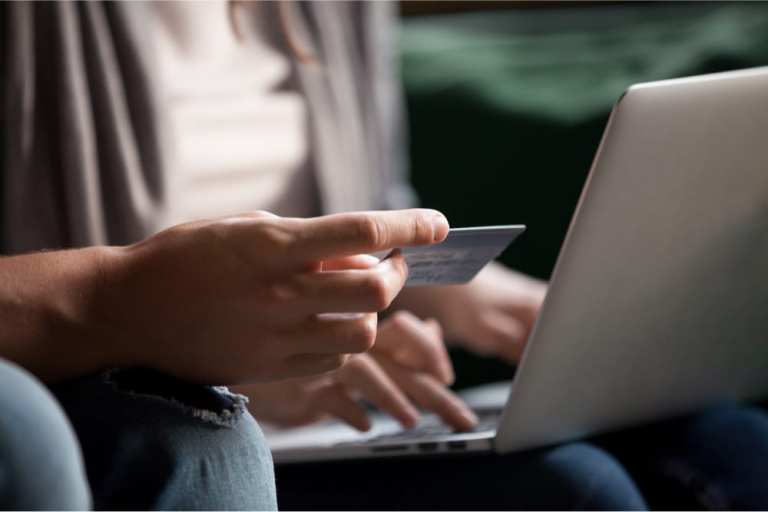Who we are, where we’re headed and what this all looks like on the “other side” of the pandemic are topics on everyone’s mind right now.
So are vaccines.
So is online shopping, with urgency.
All of these subjects share a commonality: IDs. In commerce, knowing (and verifying) who’s on the other side of a transaction can mean the difference between a retailer making a sale to a loyal customer or a fraudster. For the government, IDs can be a way to make sure individuals get the services they need, such as medical care and vaccines.
We’re barely a quarter into 2020, and already it feels as if several lifetimes have been packed into just under three months. The COVID-19 pandemic has brought home the realities of a sea change in commerce and in healthcare, and in the digitization of, well, everything.
The gateway to all of this digitization running smoothly is, of course verification. And verification can come only on the heels of having the right documentation, attributes and offerings in place that can be verified with speed and security through the use of advanced technologies.
Advertisement: Scroll to Continue
There are, of course, a number of approaches in triangulating IDs and authentication, using mobile devices, using unique biometric identifiers, even using digital documents.
Regulatory initiatives such as strong customer authentication (SCA) mandate offering up something an individual knows, says and has, in order to establish identity.
In a recent interview with Karen Webster, Boku CEO Jon Prideaux pointed to the fact that “in the age of mobile, there is no instant signifier of identity the way an email address was in the PC era.” Phone companies have a place in establishing IDs, as they have access to customer account data, along with the ability to verify the phones, and numbers, themselves.
Separately, Philipp Pointner, chief product officer at Jumio, predicted there will be a shift from paper and plastic documents toward digital ID verification. In discussing digital IDs with Webster, he said that there could be a tailwind created through the global consortium of passport-issuing agencies.
“If they develop a funnel for digital passports, that will automatically ‘trickle down’ and be adopted by all of the different countries,” Pointner said of those agencies. Digital passports can eventually be part of digital “identity wallets.”
Far-flung nationwide efforts are underway in Australia and Canada, for example, and the European Union has a framework in place for its member nations through regulation known as eIDAS.
A computerized version of identity may gain special urgency as COVID-19 continues to threaten public health. Tracking vaccines certainly will be important in ending pandemics, now and in the future. That’s part of the ID2020 Alliance, which launched late last year, and which has joint efforts in place with the government of Bangladesh and the vaccine alliance Gavi, among others.
In an announcement upon the launch, ID2020 Executive Director Dakota Gruener said, “Digital ID is being defined and implemented today, and we recognize the importance of swift action to close the identity gap.” As noted in this space, immunization is serving as a platform for digital IDs, tied to birth registration and vaccinations to provide newborns with biometrically-underpinned digital identity.
Gavi, for its part, said at the time of the ID2020 launch that 89 percent of children and adolescents who do not have identification live where that organization is active — indicating that public health may be the springboard to giving people, at birth, the records they need later in life to participate fully in the global economy.

